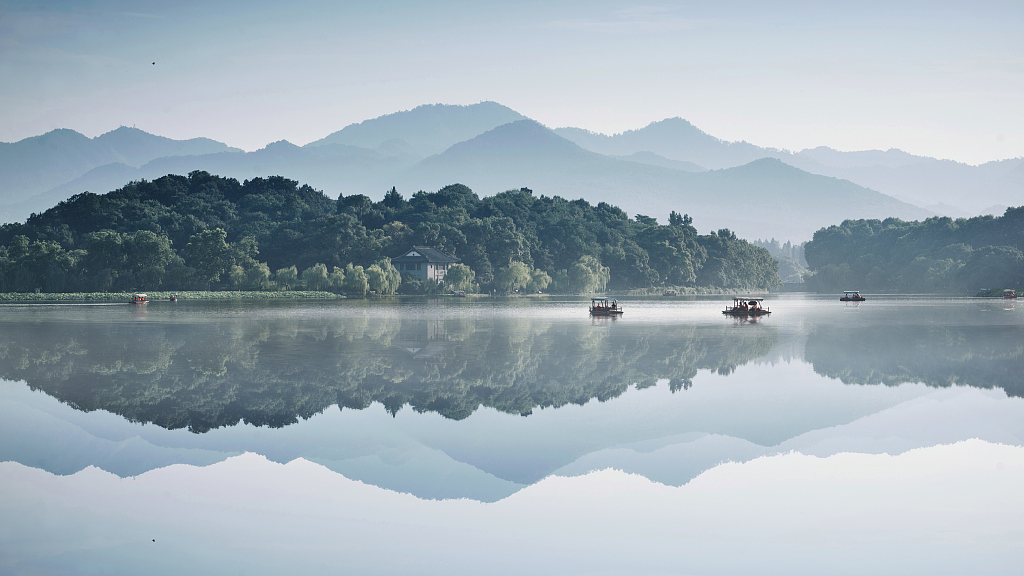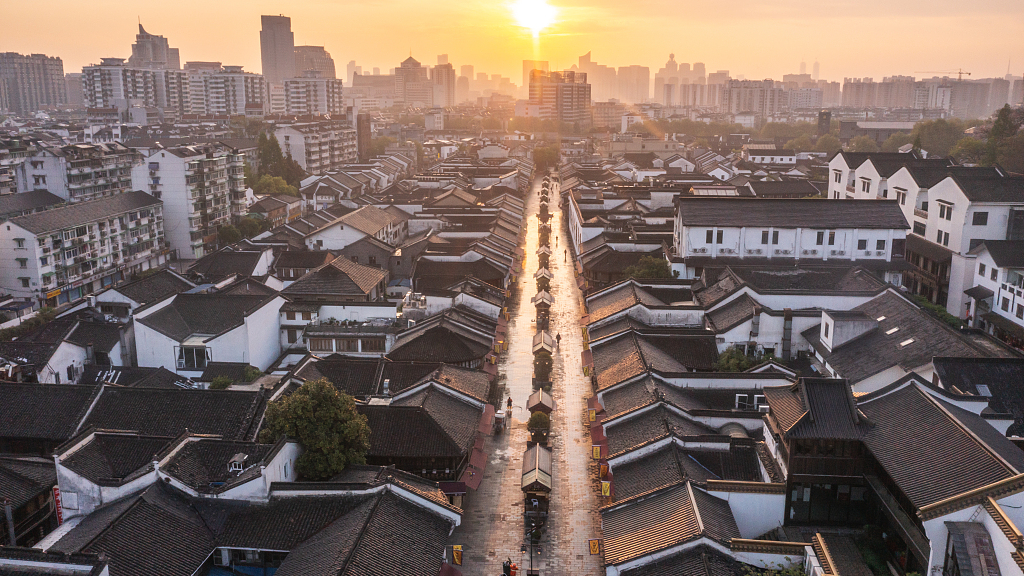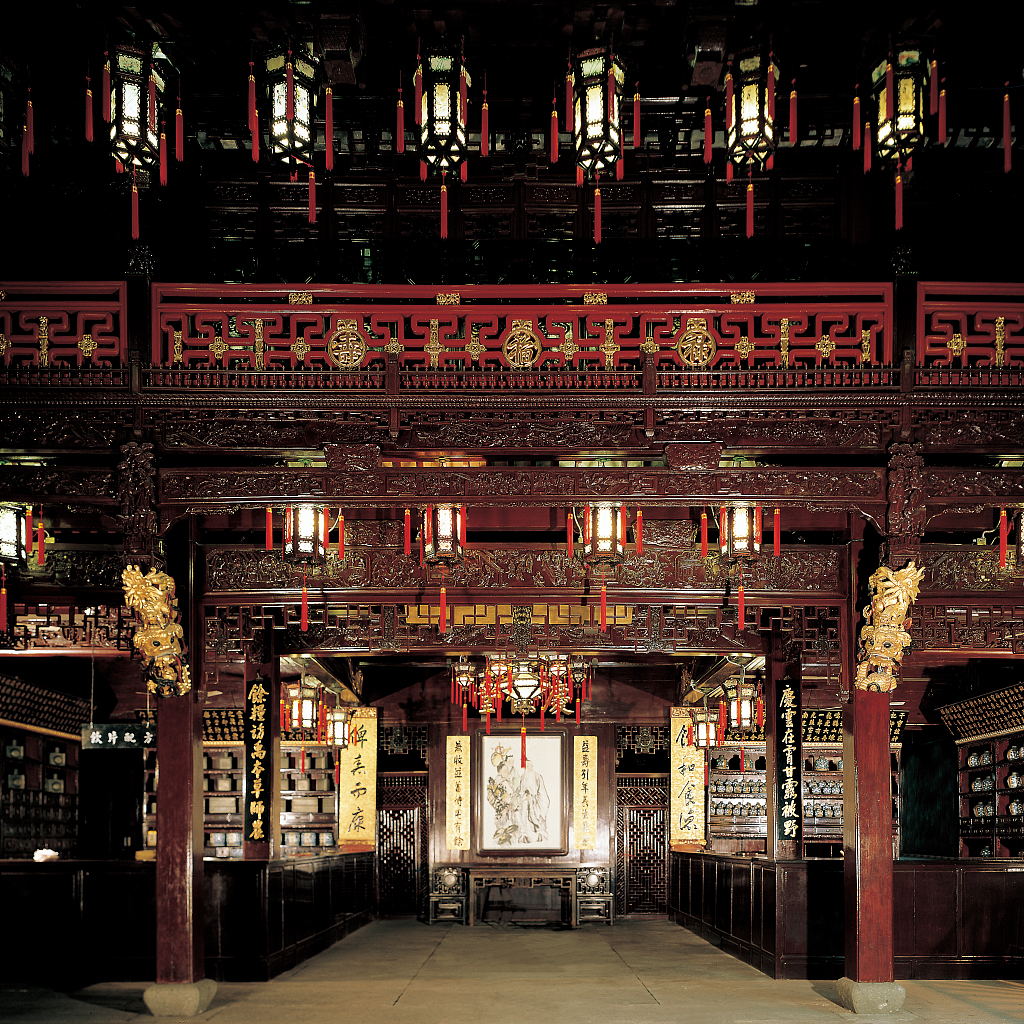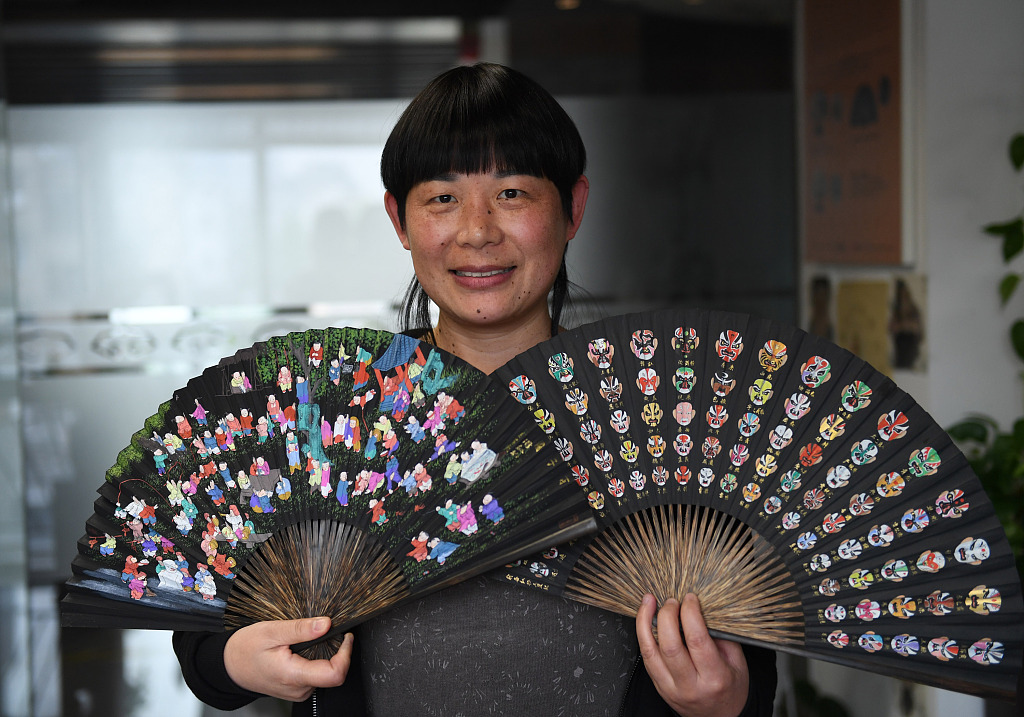
A view of the West Lake in Hangzhou, east China's Zhejiang Province. /CFP
A view of the West Lake in Hangzhou, east China's Zhejiang Province. /CFP
"Up above there is heaven, down below there are Suzhou and Hangzhou." This popular Chinese proverb extols the incomparable beauty of these two Chinese cities.
Spring is the wonderful season to visit Hangzhou, which ranked the top tourist destination in China in terms of tourist satisfaction.
As one of the earliest national historical and cultural cities in China, Hangzhou boasts a rich cultural heritage. It is famous for its sweeping West Lake, Dragon Well Tea and local landmarks like Qinghefang Historic & Culture Feature Street.

An aerial view of Qinghefang Historic & Culture Feature Street. /CFP
An aerial view of Qinghefang Historic & Culture Feature Street. /CFP
Located at the foot of Wushan Mountain in the southern scenic area of the city, this street occupies a whopping 13.66 hectares and sits just a few hundred meters away from the West Lake. It ranks as a must-visit destination for culture vultures and history buffs, offering a fascinating glimpse into Hangzhou's rich history.
During the Southern Song Dynasty (1127-1279), Hangzhou served as Chinese capital, and the area around Qinghefang street became a hub for merchants and traders, with shops and tea houses bustling day and night as the wheels of commerce kept spinning around the clock.

An interior view of the Huqingliangtang Chinese Medicine Museum. /CFP
An interior view of the Huqingliangtang Chinese Medicine Museum. /CFP
Huqingyutang Chinese Medicine Museum, located on Qinghefang Street, is an ancient wooden building that combines commerce and art. It is also the largest and best-preserved commercial architectural complex from the late Qing Dynasty (1644-1911) in China.
In 1874, a local resident named Hu Xueyan started his pharmacy business here. He invited famous doctors from around Zhejiang to visit, and studied the prescriptions used by earlier generations. Based on its carefully selected and authentic medicines, the Huqingyutang pharmacy gained a high reputation, and Hu Xueyan was praised as the "Pharmaceutical King" of that area.
Over the following century, the pharmacy experienced tumultuous change, including bankruptcy, changes of ownership, and its transformation from a privately-run to state-owned business.
In 1991, the Huqingyutang Chinese Medicine Museum officially opened at the site of this famous former pharmacy.

A woman holds two Wangxingji fans. /CFP
A woman holds two Wangxingji fans. /CFP
Hangzhou is renowned for producing handheld folding fans, with many artisans gathering in the city since the Southern Song Dynasty to cultivate this craft. The products available at Wangxingji Fan, a shop on Qinghefang Street, are among the most highly ranked in Hangzhou, and some of its fans were even presented as a special gift to the imperial family during the Qing Dynasty.
The shop offers a variety of options, including black paper fans, sandalwood fans, silk fans, white paper fans, feather fans, and more. The black paper fan, made of brown bamboo and mulberry paper, is particularly famous for its versatility, providing a cool breeze and shade from the sun. It is referred to locally as "half an umbrella in one fan."
In 2008, the fan-making skills of Wangxingji were included in the National List of Intangible Cultural Heritage.